There are so many crucial factors that we need to check while designing a safe school science lab. These factors are important as we must consider the students and teaching staff’s efficiency and safety. To balance these elements perfectly, planning a functional lab is required. We focus on proper planning because designing a school lab is a long-term investment as we are not just talking about basic science lab!
A functional school lab has various kinds of labs like a chemistry lab, biology lab, robotics lab, physics lab, and more depending on the school curriculum. This guide will give you the best practices to design an efficient and safe school science lab that addresses the problems faced by science students and instructors.
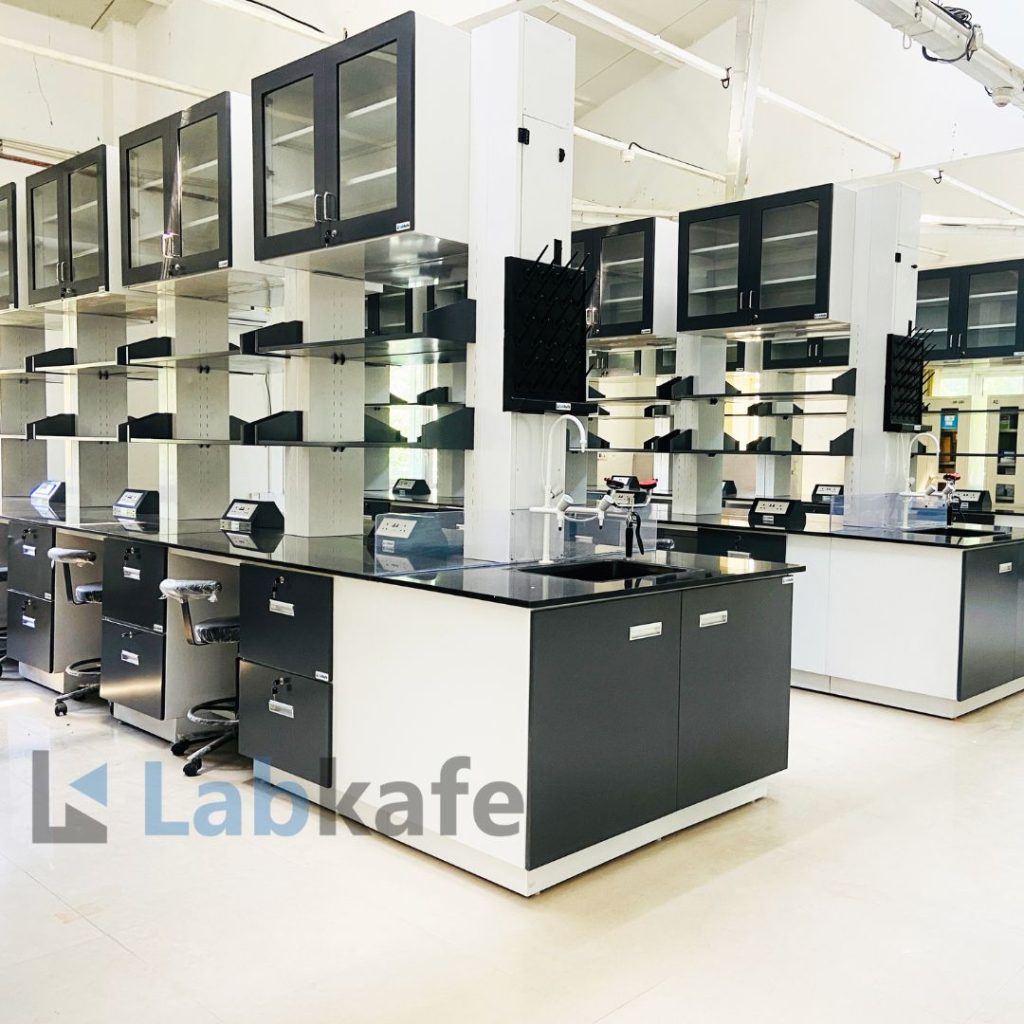
1. Understanding the curriculum requirements
Before proceeding with the designing of the school lab process, we need to understand the specific necessities of the science curriculum for the school students. Various subjects like biology, chemistry, and physics might have distinctive requirements in terms of gear, space, and well-being measures.
Get in touch with the science teachers to understand the fundamental requirements for science lab designing to deal with different science experiments for school students.
2. Prioritize student safety
Safety should be the top priority concern while designing a school science lab. Guarantee proper ventilation in the science labs to control fumes and odours. Proper ventilation not only safeguards the well-being and security of school students and staff but also assists with avoiding future mishaps by keeping a controlled climate in the lab.
Equip the lab with safety showers, eye wash stations, fire extinguishers, and first aid kits. Ensure they are easily accessible and regularly maintained. Give complete training to all lab associates on the most effective method to utilize the crisis gear in case of any mishap or crisis in the school labs.
Provide personal protective equipment (PPE) such as goggles, gloves, and lab coats for both students and teachers. Also, ensure that there is enough storage space for these items.
Regularly review and update safety protocols to stay updated with best practices in laboratory safety.
3. Ergonomic and Flexible Design
Design the school science lab to accommodate various teaching styles and activities by considering flexible furnishings and gear while showing different teaching techniques, for example, group projects, classes, and practicals.
Make assigned spaces for group, individual work, and lecture sessions to take special care of various learning classes. Plan proper seating arrangements for the students to ensure clear visibility of the demonstration area in the lab.
Adjustable stools or chairs with back support are recommended in the science labs and larger desks with ample workspace. The lab desks are recommended 24-30 inches wide, and 48-60 inches long and maintain a minimum of 48 inches gap to allow students to move easily.
Make sure that the science lab design encourages skill development for all students.
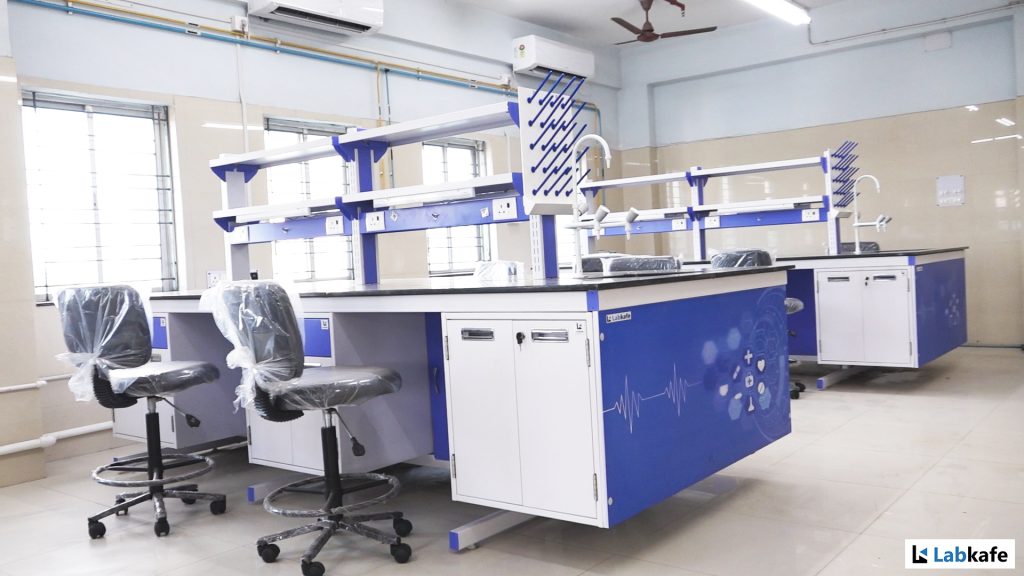
Execute innovative elements, like electrical plugs and charging stations, to help with advanced learning instruments and gadgets.
Consider the utilisation of natural lighting, soundproofing materials, and ergonomic seating to establish a comfortable and useful climate for both – the students and the teachers.
4. Efficient Storage Solution
Proper storage is crucial for maintaining an organized and safe lab environment. Ensure that the chemicals are stored in a dedicated, well-ventilated cabinet with appropriate segregation of conflicting substances.
To make the lab space clutter-free and easily accessible for the students, consider designing storage solutions like labelled bins and cabinets to keep the lab items organized.
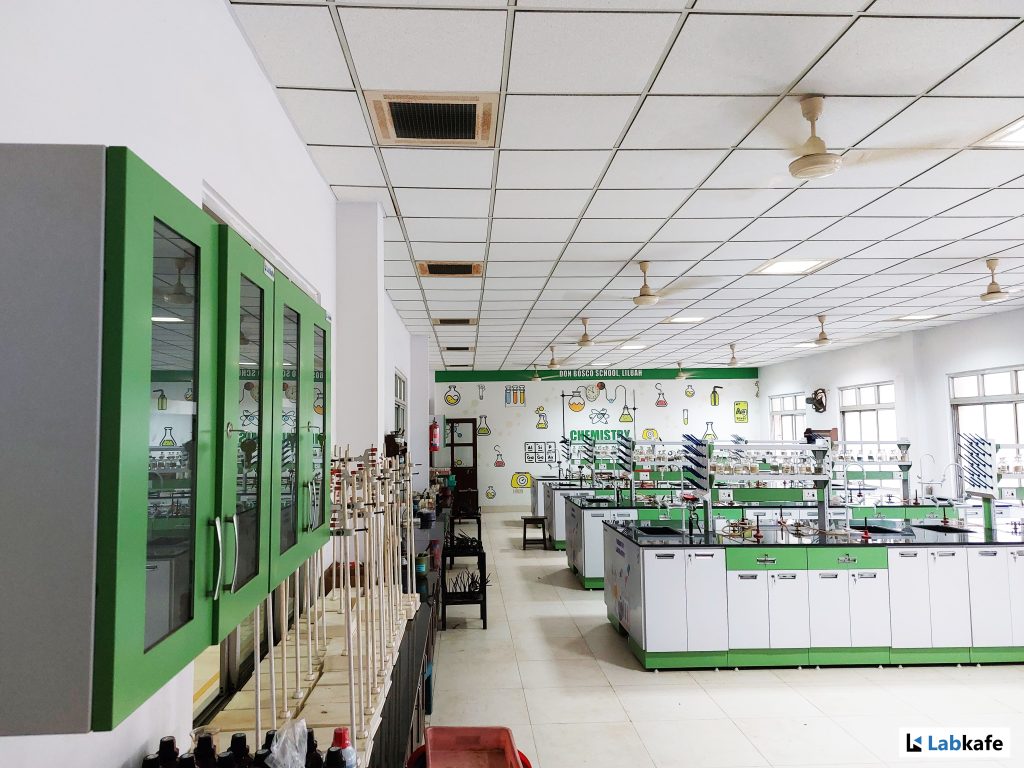
5. Sustainability and Environmental-Friendly Design
Consider installing motion detectors to reduce energy consumption when the lab is not in use along with energy-efficient lighting and appliances. Encourage students to follow a waste management system for recycling and proper disposal of hazardous materials. These practices will reduce the environmental impact of the lab.
6. Regular Maintenance and Upgrades
A school science lab requires ongoing maintenance to ensure the safety and efficiency of the students. Schedule regular inspections of all equipment, ventilation systems, and safety devices and in case of any issues, address promptly.
Provide continuous training for science teachers on lab safety protocols and the use of new technology and equipment.
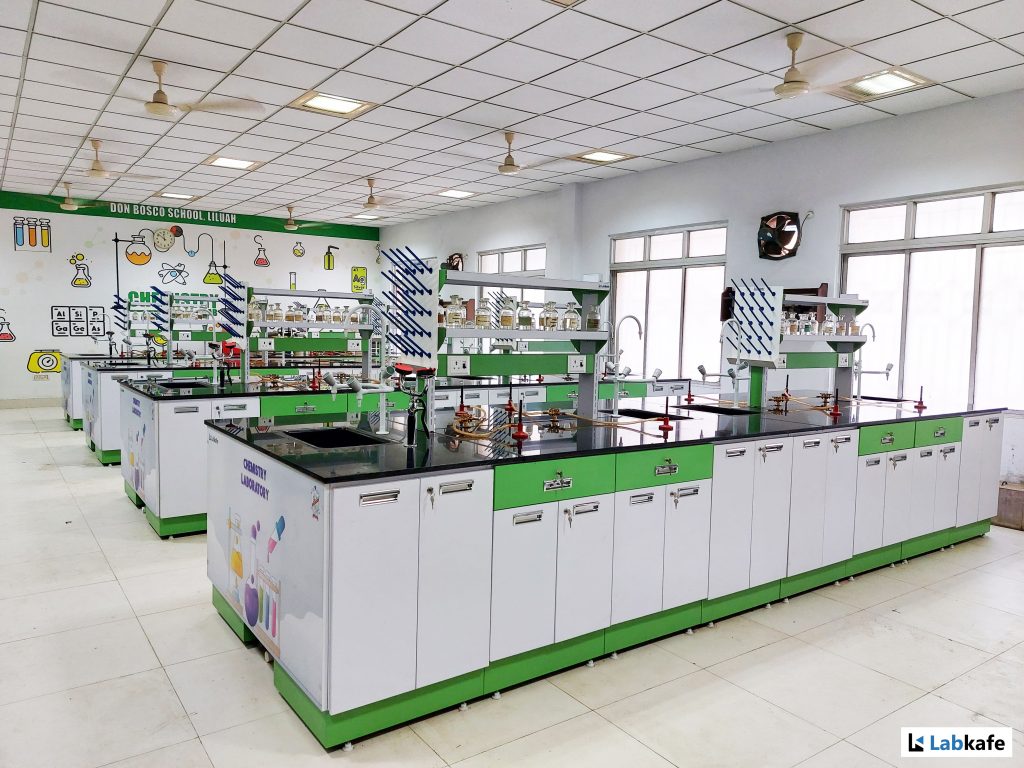
Conclusion:
Designing an efficient and safe school science lab is a complex but rewarding task that can significantly enhance the educational experience for students. Regular maintenance, professional development, and a focus on regular maintenance will ensure that the lab remains a valuable resource for years to come.
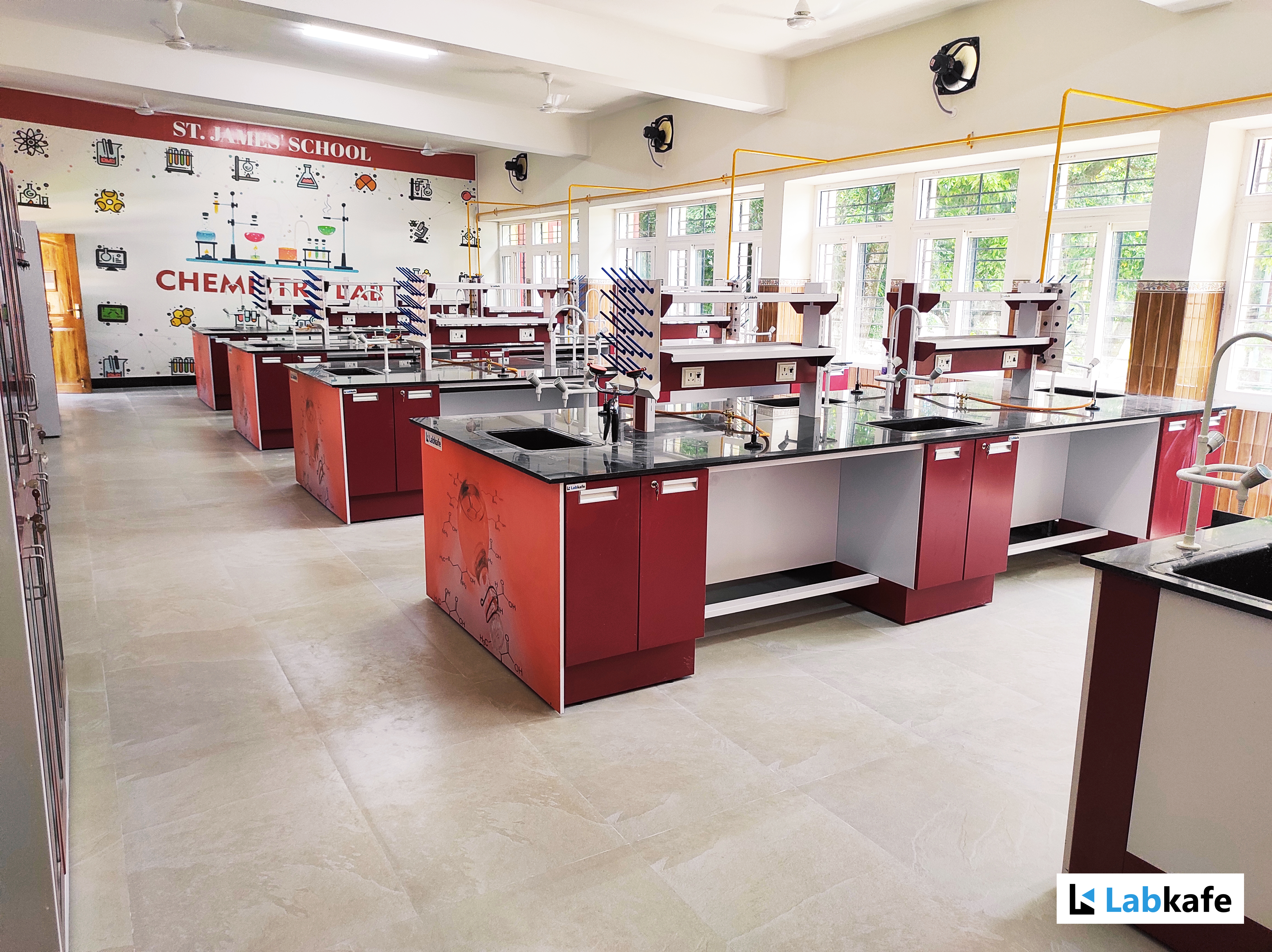

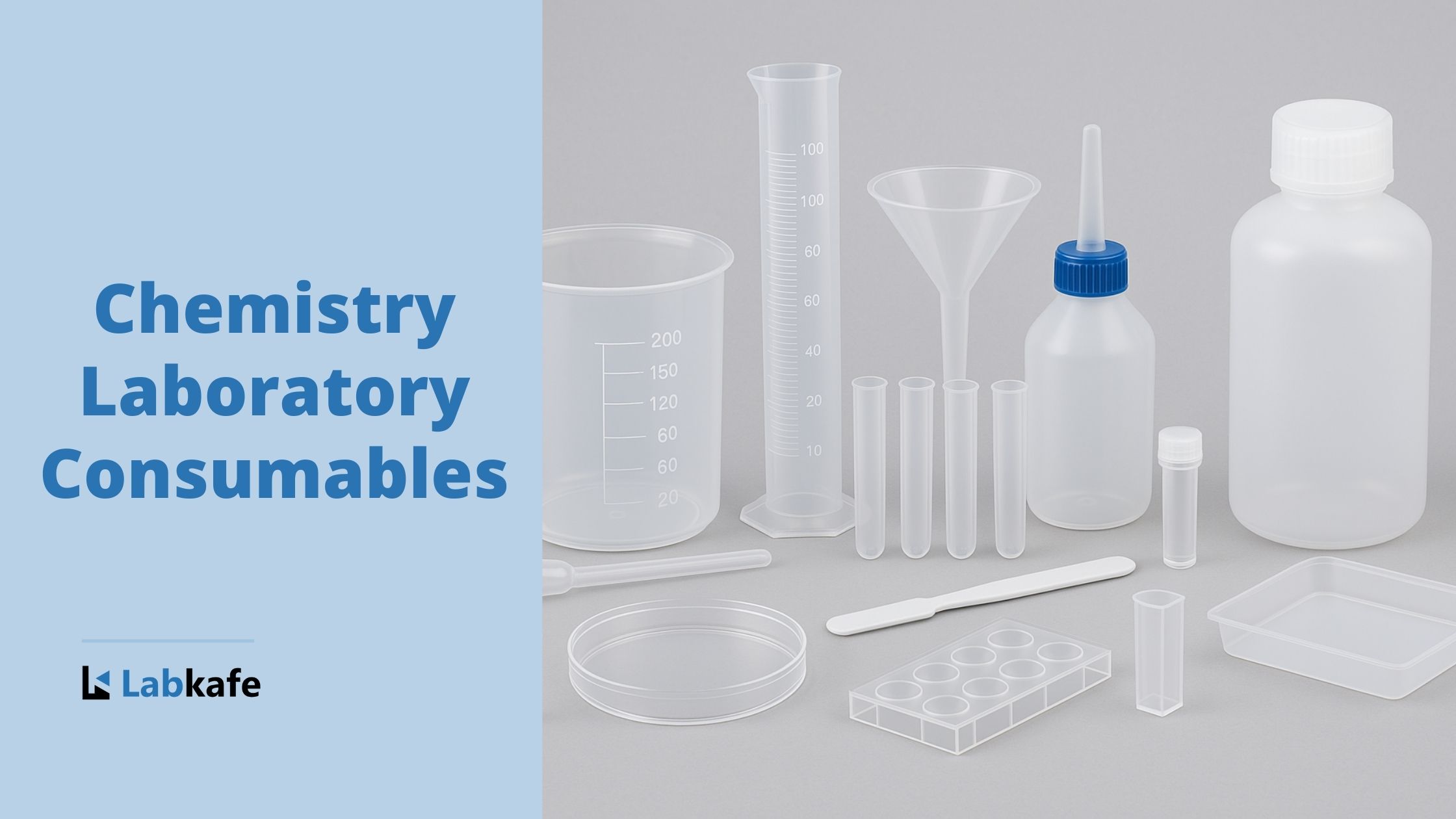
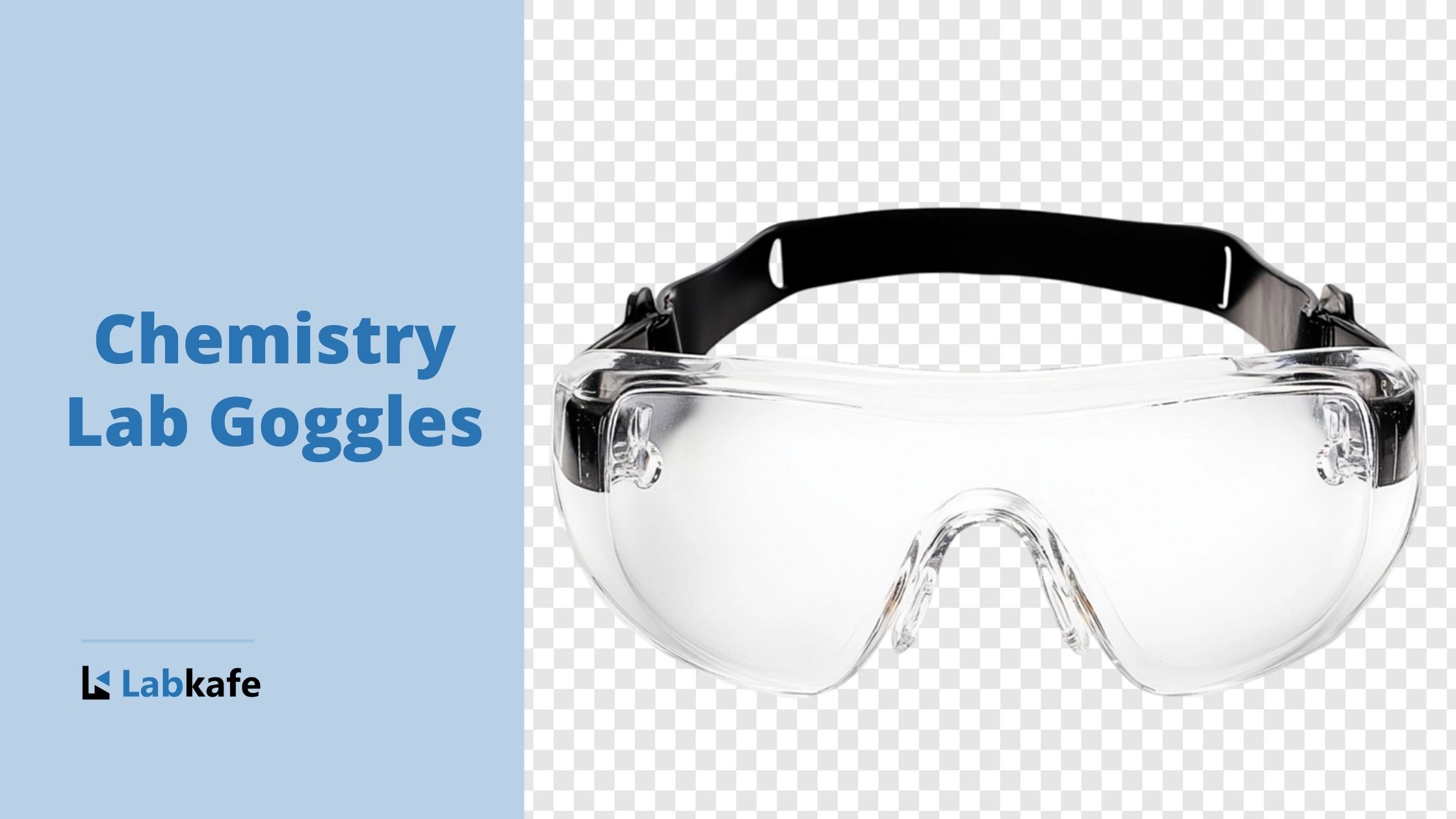
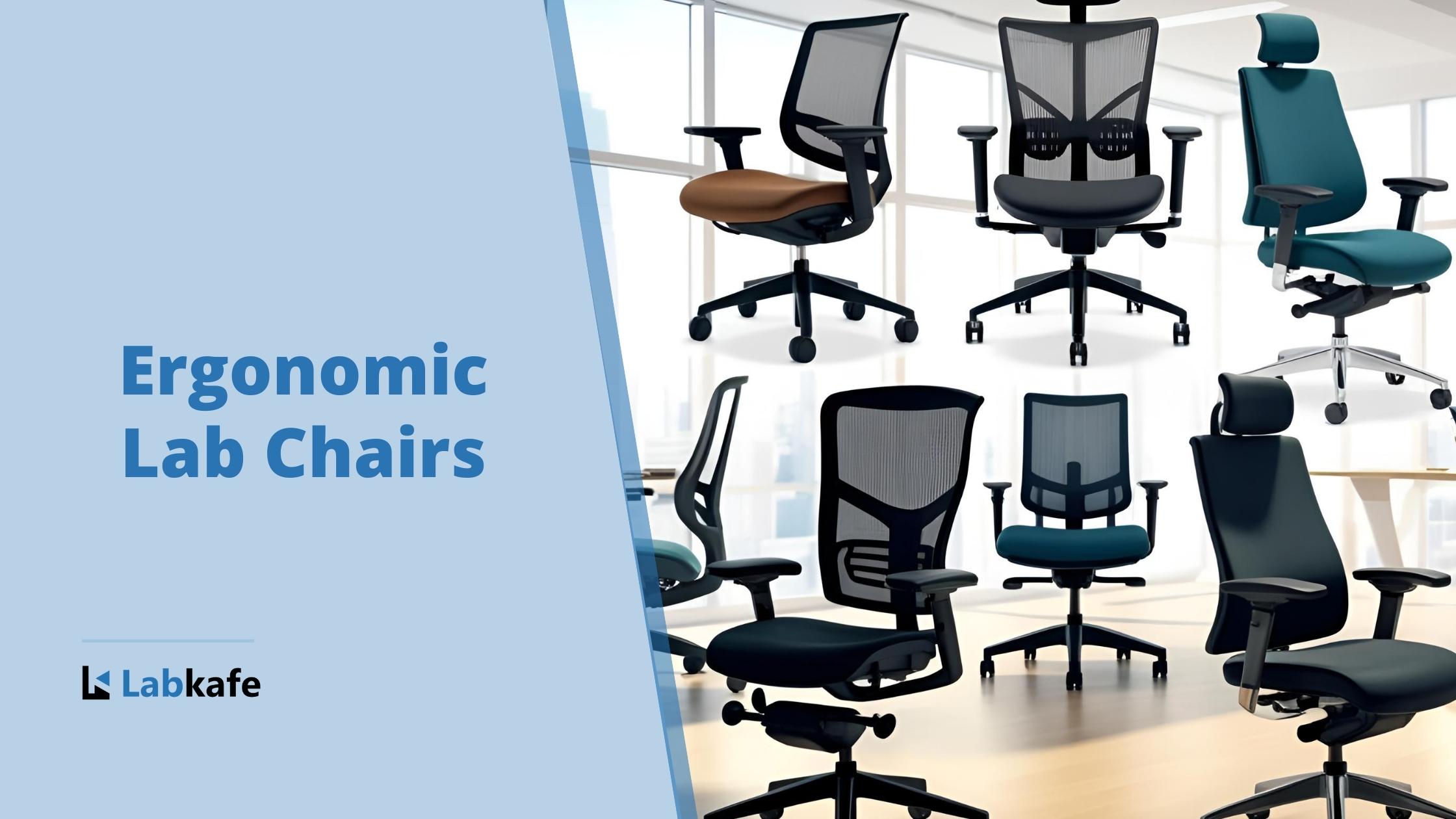
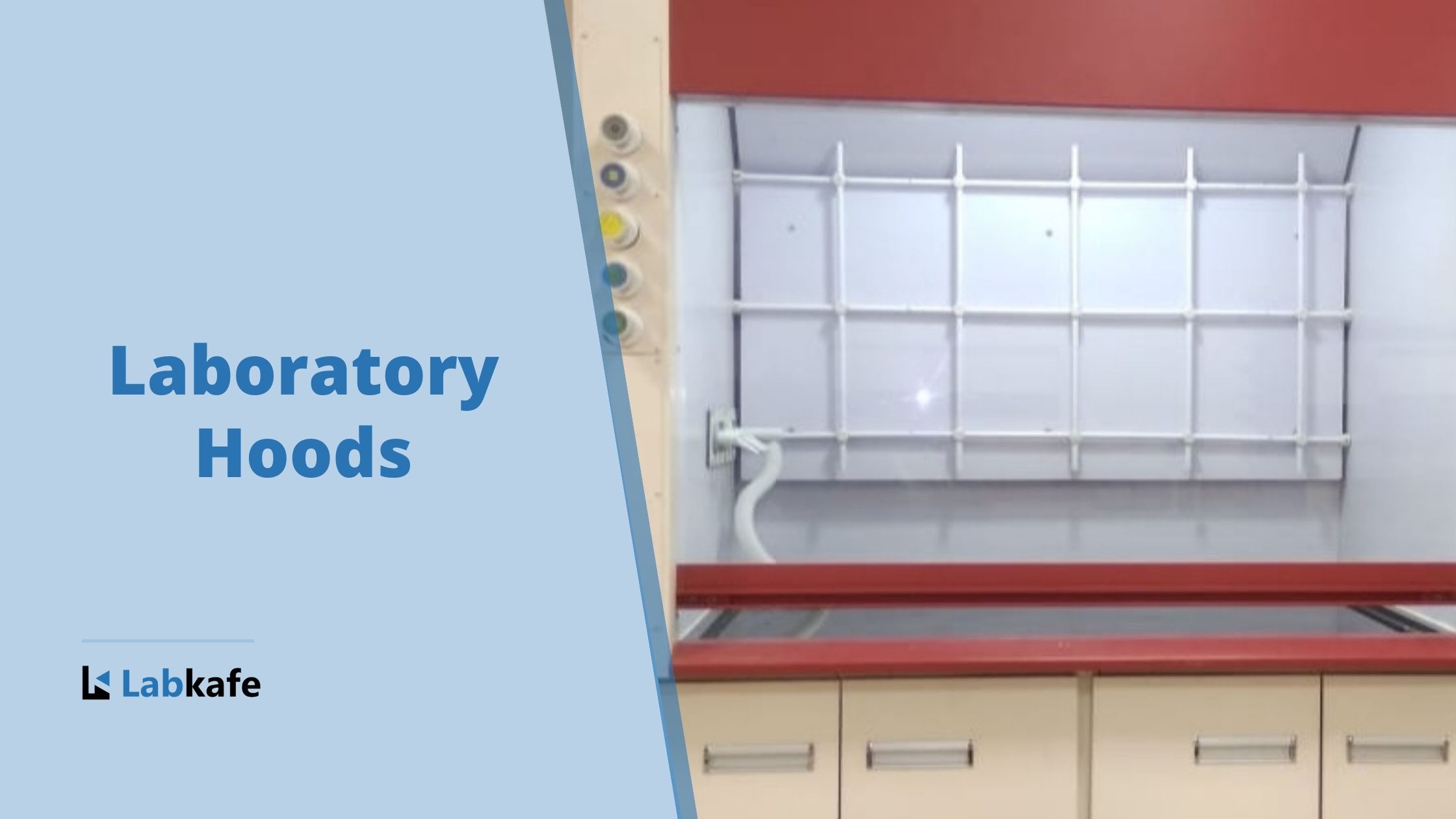
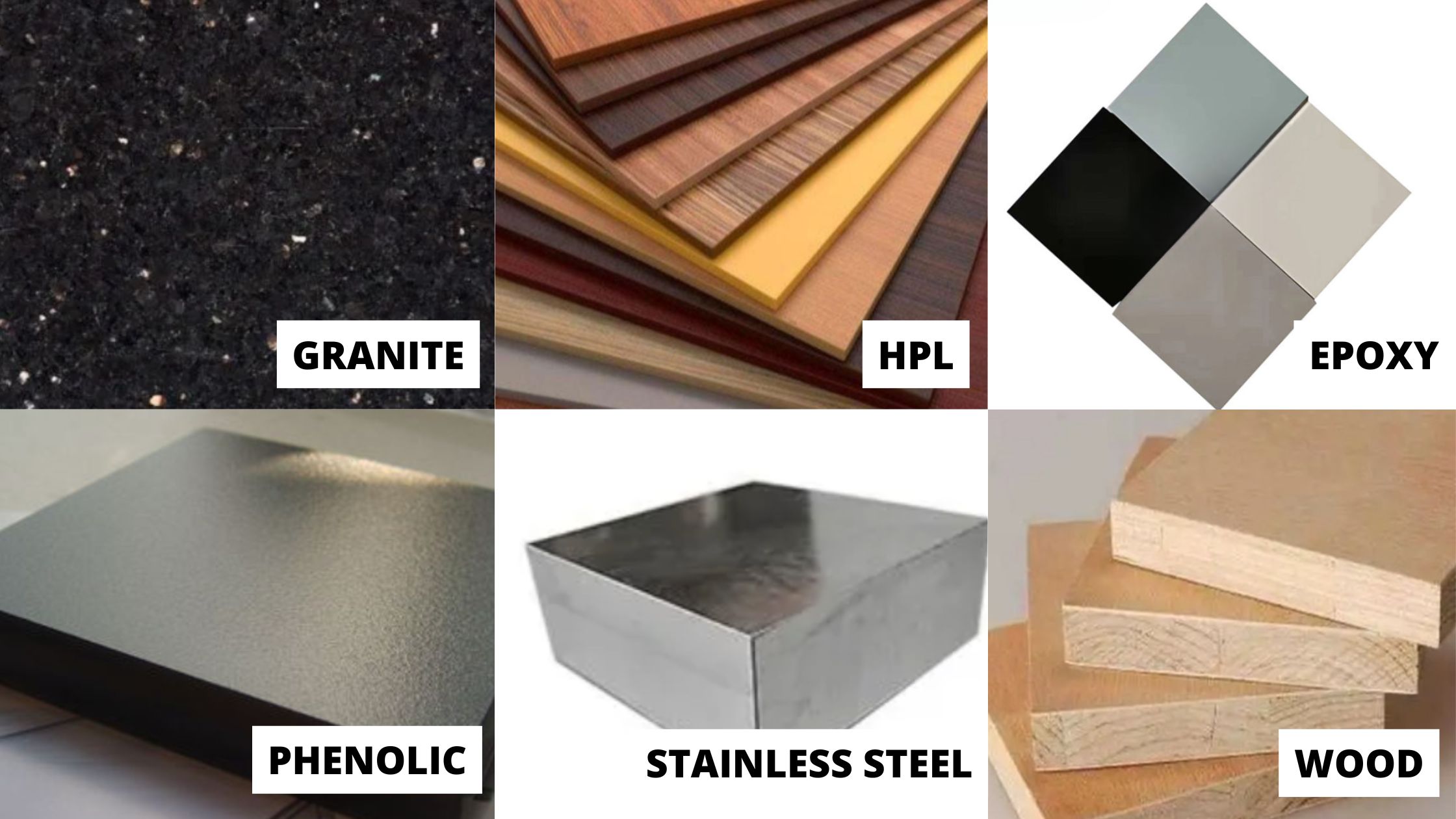
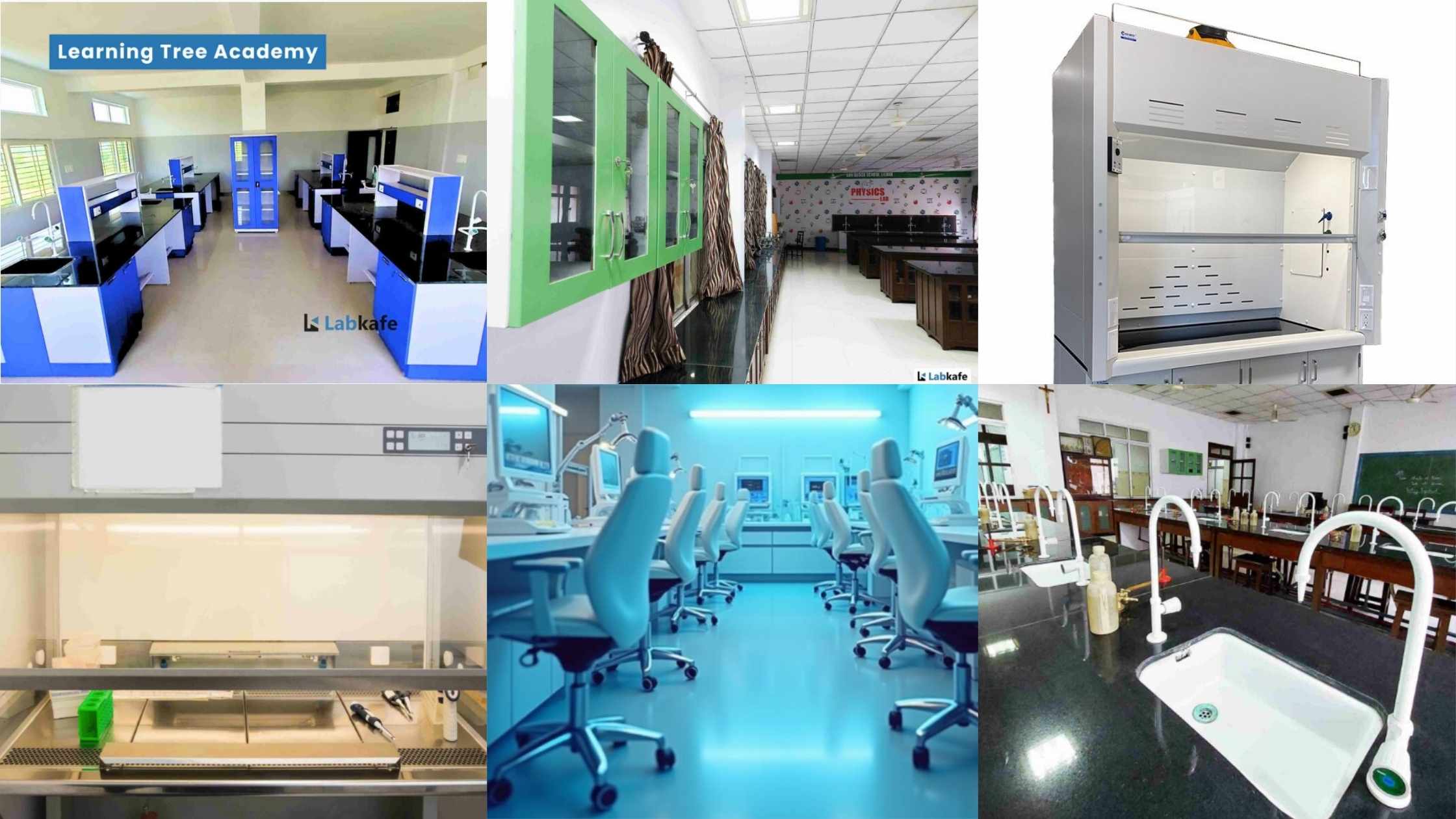
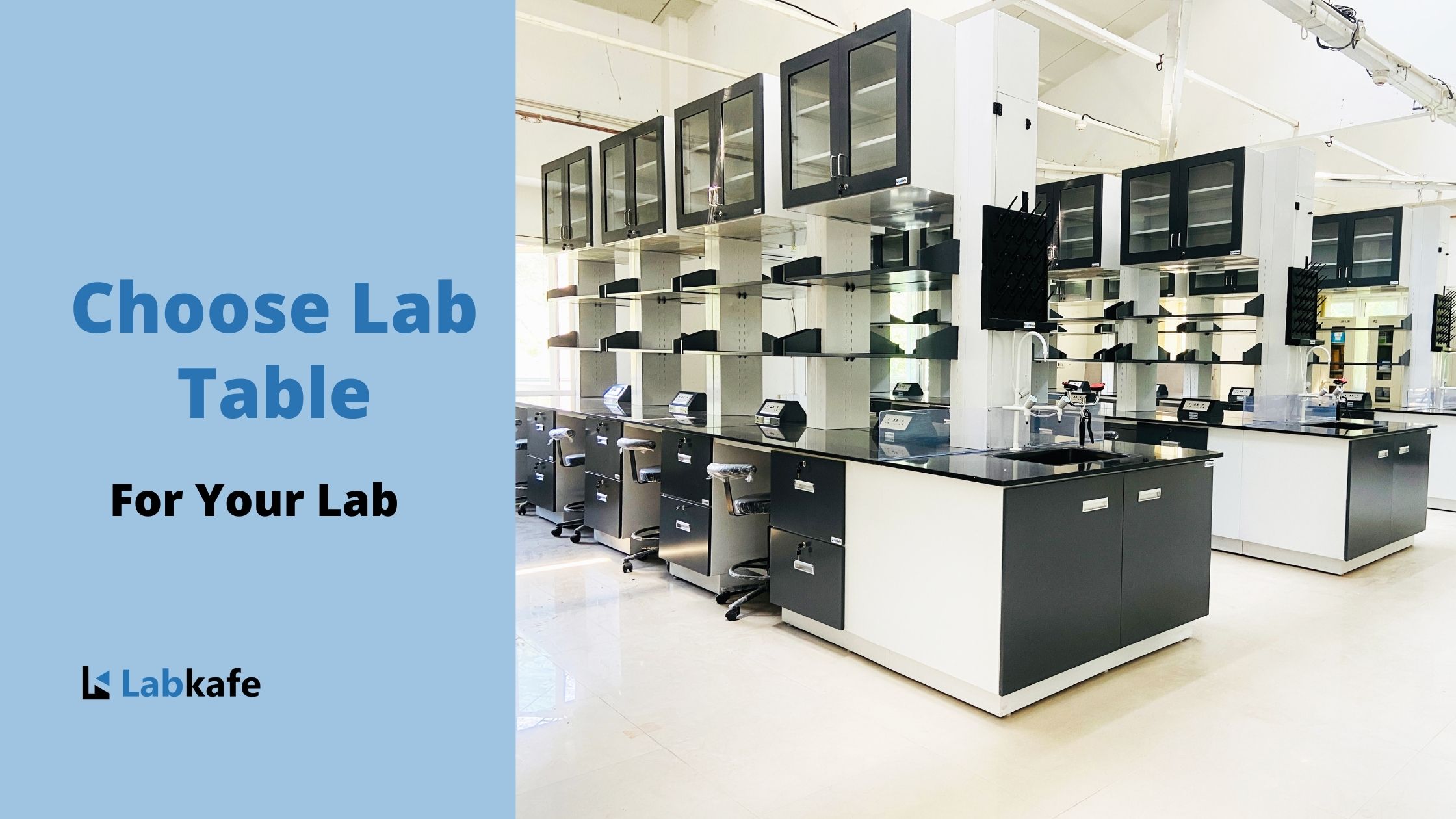
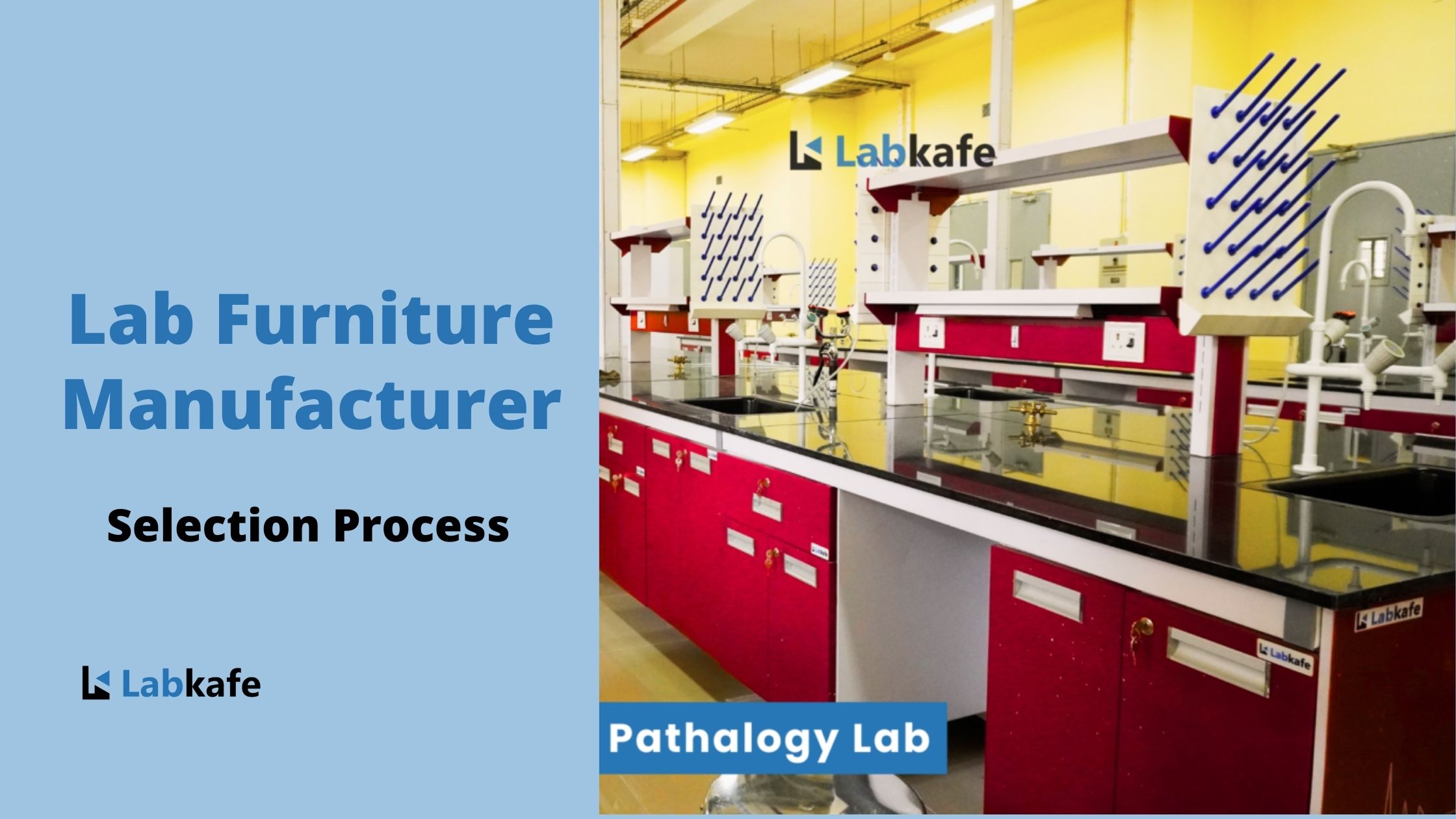
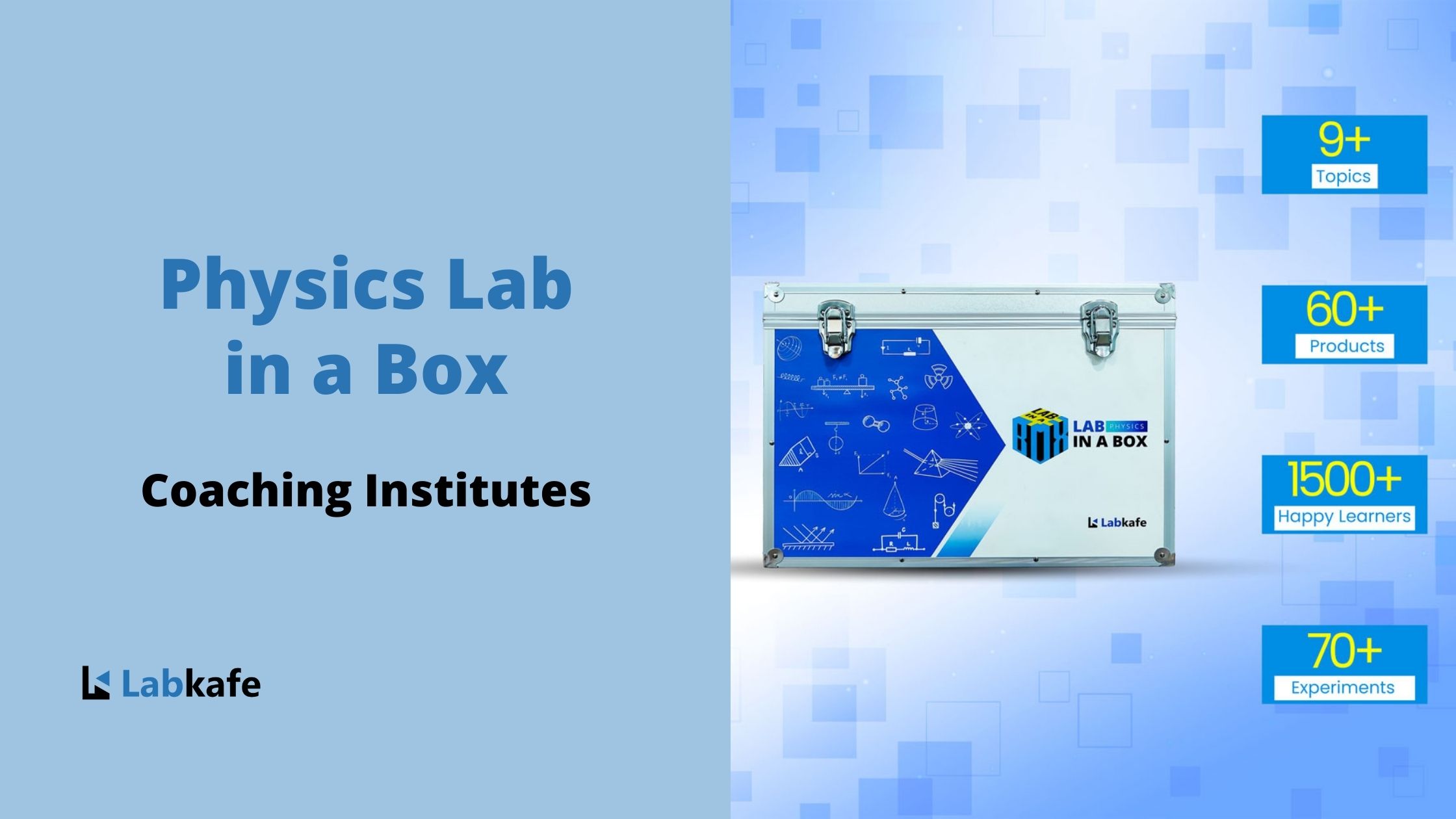
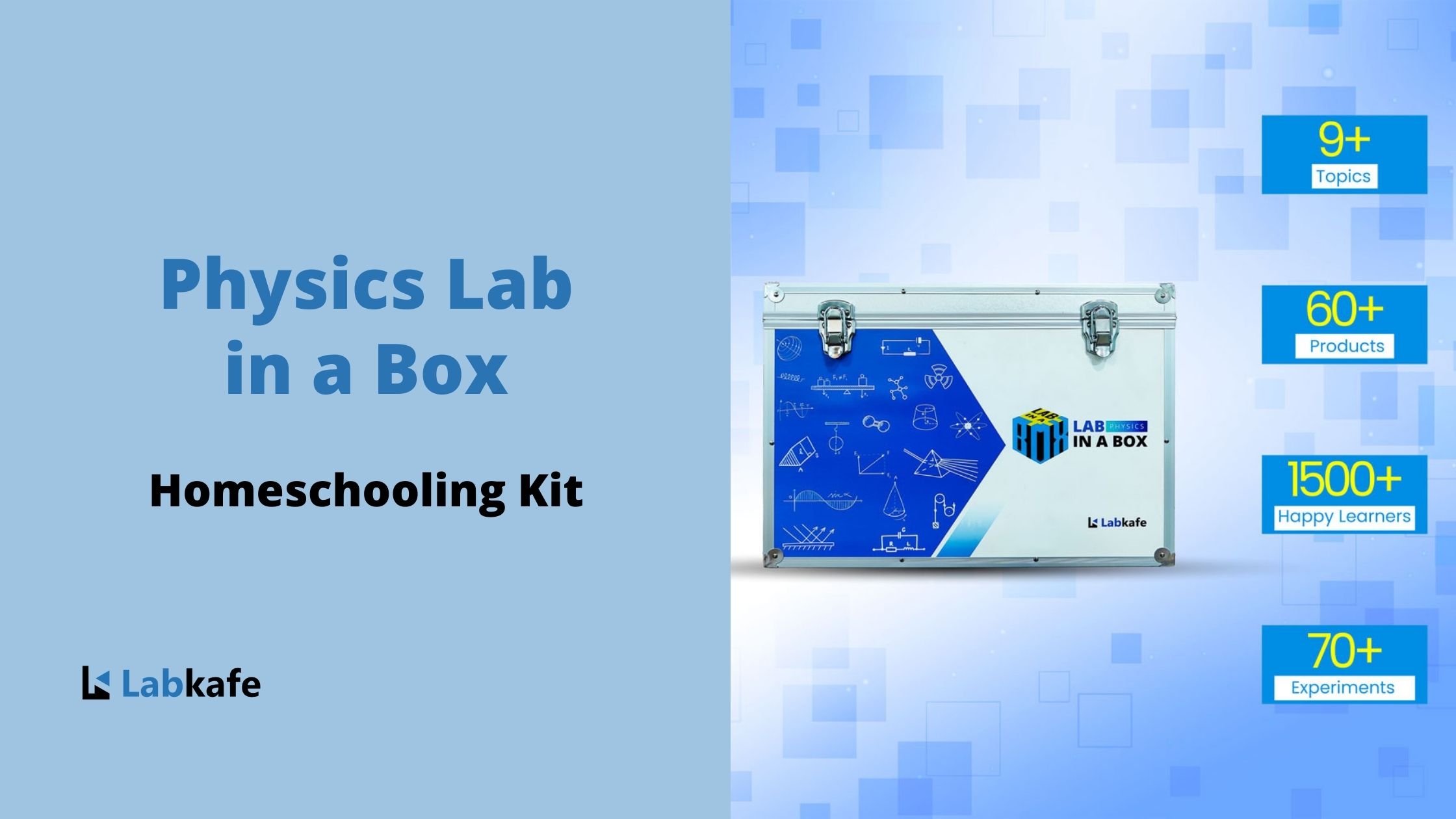
Leave a Reply